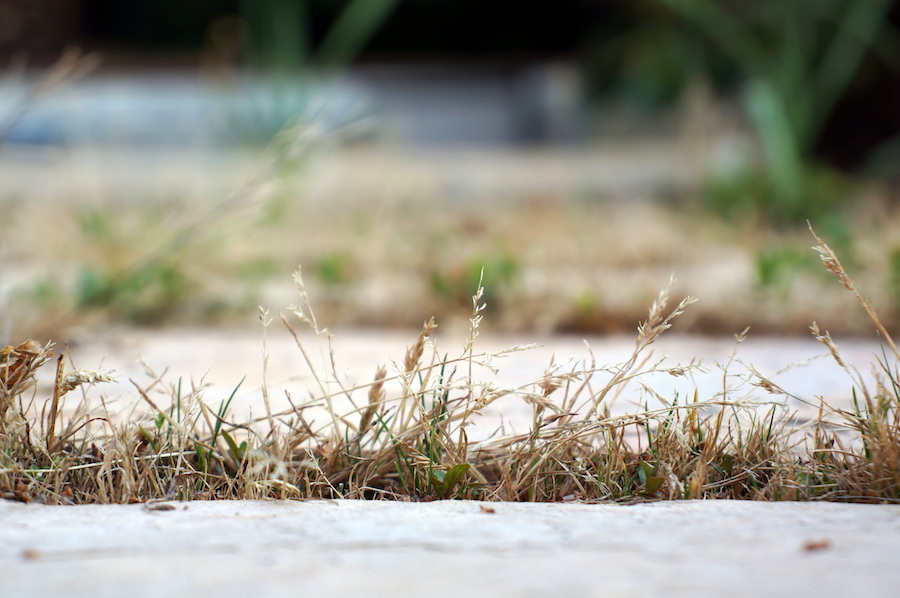A recent study on eradicating green crabs from an estuary along the California coast showed an increase in the population instead of the desired reduction
In a study led by Ted Grosholz, a professor in the Department of Environmental Science and Policy at UC Davis, it was demonstrated that removing an invasive species would not lower its abundance, but increase the population size of the species instead. A possible explanation for this phenomenon is compensation: when large quantities of larvae survive in response to low quantities of adults present.
The study was originally funded to prove that eradicating green crabs in the event of a new and isolated invasion was possible in a place more remote than the locations included in the study. The initial experiment was to figure out if researchers could eradicate a small, isolated population given a certain budget and field effort, according to Grosholz.
“We selected Seadrift Lagoon because it is relatively small and largely cut off from other bays except for limited times through the year,” Grosholz said via email.
For five years, Grosholz and his team used baited traps to remove crabs. This lowered the green crab population from about 100,000 crabs in 2009 to less than 10,000 crabs five years later in 2013, according to Grosholz.
In a turn of events, the population exploded in 2014 with 300,000 green crabs present in Seadrift Lagoon. The majority of the crabs were juveniles. An explanation for the decrease of adult control of recruitment, the process through which new individuals are added to a population, was a lack of cannibalism of the juveniles. The study confirmed that adult cannibalism of recruits was size-dependent and could control recruitment.
“This was an important lesson about not trying to eradicate a population like this and that the best strategy was to keep the population at low abundance, which we have for the past five years, relying on community scientists and volunteers,” Grosholz said via email.
Future plans for eradication processes of invertebrates and fishes like the green crab can look at this case study and decide to take a different approach to controlling invasive species to avoid another population explosion.
“The focus should be functional eradication and not total eradication for several reasons,” Grosholz said via email. “This is achievable, should provide most of the same benefits and there is usually data available to determine the target.”
Marcella Heineke, a junior specialist at the Grosholz Lab, has experience working with invasive species as well. Heineke started working at the lab in June 2019 and was a part of a grant exploring native oyster restoration in the San Francisco Bay. Heineke researched an invasive oyster drill, a generalist invasive predator in the east coast that was destroying native oyster restoration efforts.
“Our thought was if we could bring in the predator of the oyster drill and reduce oyster drill populations levels, the oyster restoration success would increase,” Heineke said.
The native predator of oyster drills are rock crabs. In the San Francisco Bay and at Bodega Marine Laboratory where Heineke was based, there were trials to put oyster drills and crabs in the same tank and see how the drill’s behavior changed in the presence of the crabs, according to Heineke.
The invasive oyster species are generalists, meaning they can eat almost anything and do not have a restricted diet. This characteristic allows them to survive in a variety of different habitats, according to Heineke.
“The drill oysters will eat mussels, clams, oysters and pretty much anything they can get their hands on,” Heineke said.
Jessica Weidenfeld, who is now at UC San Diego, was also a part of the Grosholz Lab during her time at UC Davis and was exposed to the trials of controlling invasive species. Her advice to help with the research for invasive species is to go out and vote to elect leaders who rely on data and listen to scientists.
“It can feel overwhelming to think of what you can do as an individual, but those are some things we can do to help with invasive species,” Weidenfeld said.
Written by: Francheska Torres — science@theaggie.org






